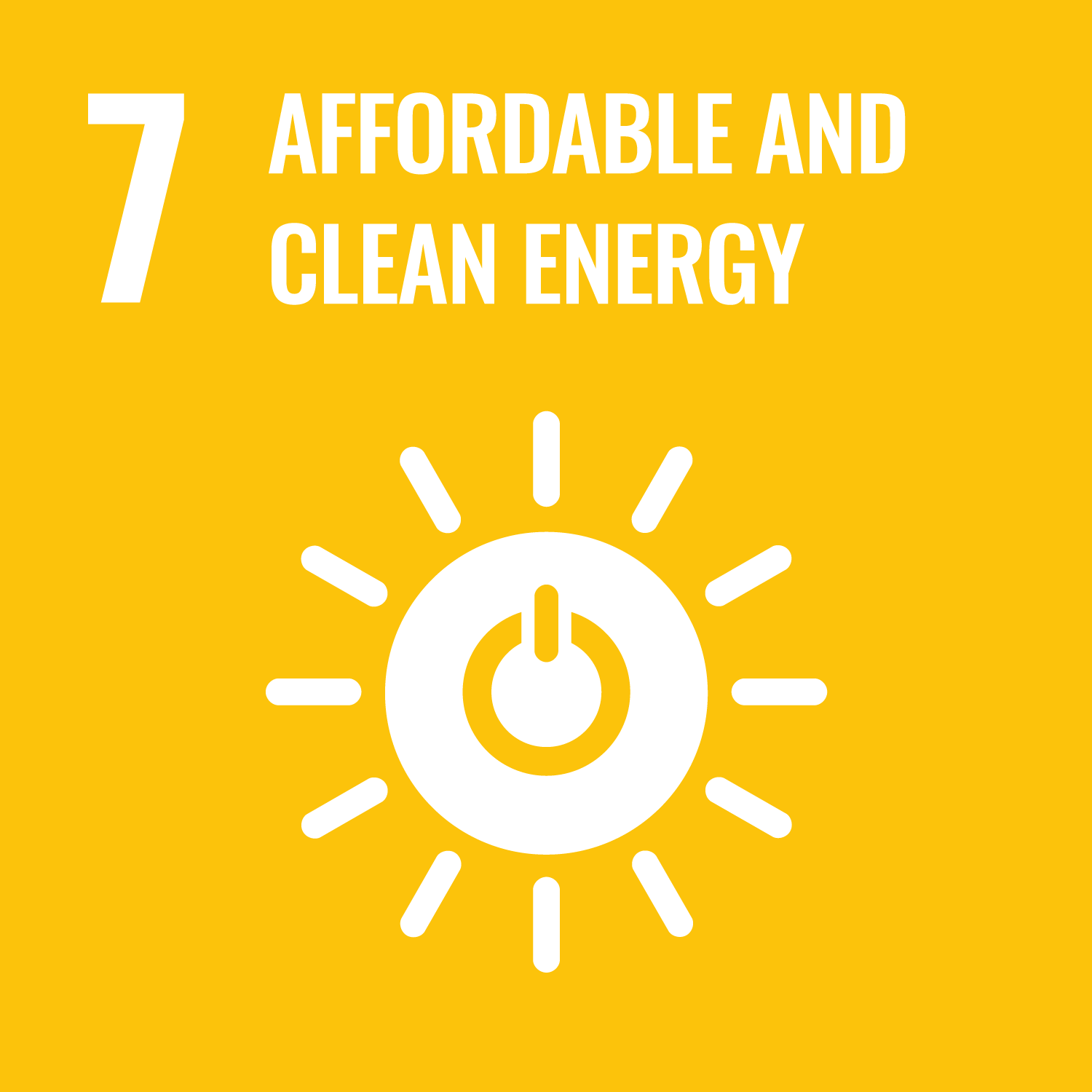Etarhouni, M., Moorthy, H.P. and Chong, B. (2024) Design of novel differential power processing scheme for small-scale PV array application operating under partial shading conditions: modelling and experimental validation. Computers and Electrical Engineering, 117. 109254. ISSN 0045-7906
Abstract
In this study, an innovative approach known as Series and Parallel Differential Power Processing (SP-DPP) converters has been introduced and applied to a small-scale 2 × 2 PV array configuration. Unlike conventional methods, this approach employs Bidirectional Ćuk DC-DC Converters (BCC) in lieu of bypass diodes within serially connected PV modules, facilitating precise adjustment of module currents. Additionally, the Differential Power Processing (DPP) mechanism, utilising an Inverted-Buck Converter (IBC) topology, replaces traditional blocking diodes across parallel string connections. The paper develops mathematical models for these converters based on their transfer functions in the Continuous Conduction Mode (CCM), establishing new design criteria for SP-DPP systems. This approach ensures a well-behaved transient response and mitigates non-minimum phase response effects. Empirical testing demonstrates the efficacy of the proposed system under various static and dynamic partial shading conditions (PSCs). Furthermore, a model-based control strategy employing P + I controllers are formulated and experimentally validated to optimise the operating conditions of PV modules, enabling them to operate at their Maximum Power Points (MPPs) in varying lighting conditions. Through simulation and experimental results, the study affirms a substantial increase in the total output power of the SP-DPP system (approximately 37–41 %) compared to conventional Tied-Crossties (TCT) array configuration relying solely on bypass and blocking diodes under various static shading conditions, such as Short-Narrow (SN), Short-Wide (SW), Long-Narrow (LN) and Long-Wide (LW). Ultimately, this research highlights the novelty of the proposed SP-DPP scheme over other existing DPP schemes in the literature, in terms of maximum power extraction, cost and complexity under various lighting conditions. This research extends to explore the potential economic viability and global implications of large-scale DPP system implementation.
Metadata
| Item Type: | Article |
|---|---|
| Authors/Creators: |
|
| Keywords: | Bidirectional Ćuk converters (BCC); series-parallel differential power processing (SP-DPP); inverted-buck converter (IBC); maximum power point (MPP); tied-cross-tied (TCT); partial shading conditions (PSCs) |
| Dates: |
|
| Institution: | The University of Leeds |
| Academic Units: | The University of Leeds > Faculty of Engineering & Physical Sciences (Leeds) > School of Electronic & Electrical Engineering (Leeds) > Institute of Communication & Power Networks (Leeds) |
| Depositing User: | Symplectic Publications |
| Date Deposited: | 16 Dec 2024 14:27 |
| Last Modified: | 16 Dec 2024 14:27 |
| Status: | Published |
| Publisher: | Elsevier |
| Identification Number: | 10.1016/j.compeleceng.2024.109254 |
| Related URLs: | |
| Sustainable Development Goals: | |
| Open Archives Initiative ID (OAI ID): | oai:eprints.whiterose.ac.uk:220833 |

 CORE (COnnecting REpositories)
CORE (COnnecting REpositories) CORE (COnnecting REpositories)
CORE (COnnecting REpositories)